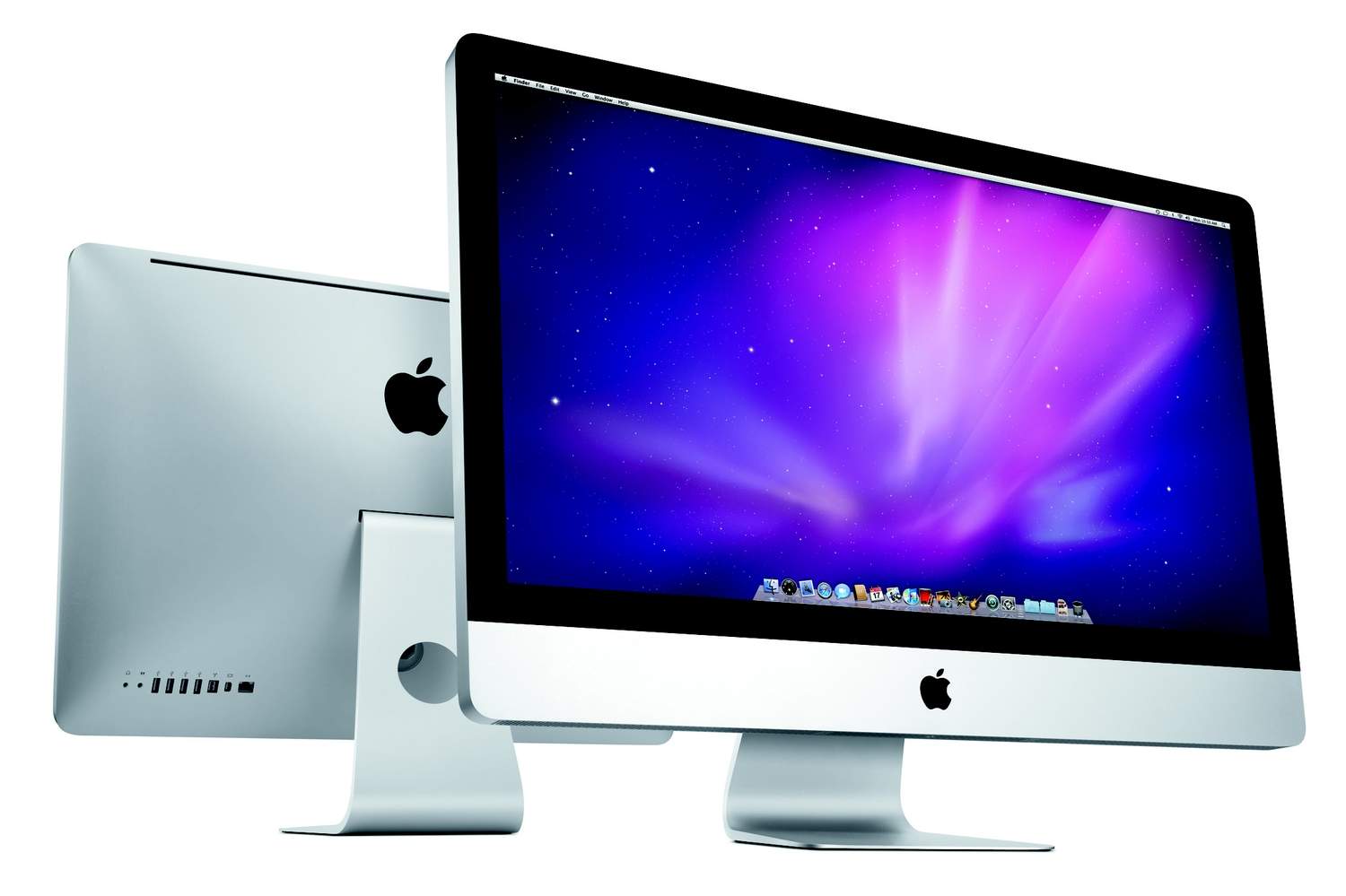 October 20, 2009: Apple goes big with its iMac redesign, introducing the first 27-inch all-in-one Mac.
October 20, 2009: Apple goes big with its iMac redesign, introducing the first 27-inch all-in-one Mac.
The sleek, sophisticated aluminum unibody design looks so good that the iMac will remain virtually unchanged for years. As with the first Macintosh with a built-in CD-ROM drive, the iMac’s 27-inch display represents a sea change for tech. The big, beautiful screen signals that larger displays need no longer remain the domain of pampered professionals.
First 27-inch iMac
While we’re used to such things today, the 2009 iMac’s 27-inch display and 16:9 aspect ratio seemed incredibly opulent at the time. It even struck some observers as comically oversized back then. Although Apple previously offered its Cinema Display in sizes up to 30 inches, the majority of consumers did not own such monstrous flat-panel monitors.
Together with its LED-backlit widescreen display, the screen size confirmed Macs as the computer of choice for watching HD video. It was a natural progression for Apple.
In terms of specs, the 2009 iMacs (Apple also produced a 21.5-inch version) offered the improvements you’d expect. With the exception of the base model, video card options switched to AMD. The processor and RAM got a big boost across the entire iMac range.
The joy of unibody iMac and a Magic Mouse
From a production perspective, the biggest change for the iMac was undoubtedly the shift toward a “unibody” manufacturing process. Apple knows that most customers don’t care much about how the company manufactures its devices, so long as the results look good and work well.
But with unibody, it was different. The move to unibody proved so significant that Apple design chief Jony Ive took to the stage in 2008 to talk about it.
Unibody design allowed Apple to mill products from single blocks of aluminum. This inverted the traditional manufacturing process, by removing material rather than adding it during construction. Thus a single piece could replace multiple parts, offering manufacturing and design advantages.
Advanced manufacturing processes: CNC milling
Ive and his colleagues started seriously looking at cutting-edge machining processes when they worked on the iPhone in 2005. Apple subsequently invested heavily in manufacturing technology in 2007. Cupertino even cut a deal with a Japanese manufacturer to buy every single CNC milling machine it could make for three years — up to 20,000 per year.
The unibody design process made its debut on the 2008 MacBook Air. Then it filtered out to other Apple products including the iPhone, iPad and, yes, the 27-inch iMac.
The new Magic Mouse that accompanied the iMac continued this minimalist design aesthetic, with a distinct lack of buttons and moving parts. Using technology similar to the iPhone and the MacBook trackpad, it eschewed a scroll wheel for a hard, acrylic multitouch surface. It was the mouse Steve Jobs always wanted.
Aluminum iMac: A design Apple could stick with
For more than a decade after the 2009 unibody iMac launch, little changed with the computer line’s design. Yes, the displays became better, the all-in-one design grew even thinner and the processors received the inevitable upgrades. But compared to the series of major redesigns that followed in the nine years after the original iMac G3, it’s fair to say that with the October 2009 iMac, Apple found a design it could stick with.
Apple finally served up a wholesale iMac redesign in April 2021 with the 24-inch M1 iMacs. The colorful line of super-svelte computers, powered by Apple’s new M1 processor, served as a flashback to the iMac’s glory days — and a showcase for the mind-blowing performance of Apple silicon.
Did you buy a 2009 iMac? How do you think it compares to the Macs that came before it as far as design goes? Leave your comments below.


